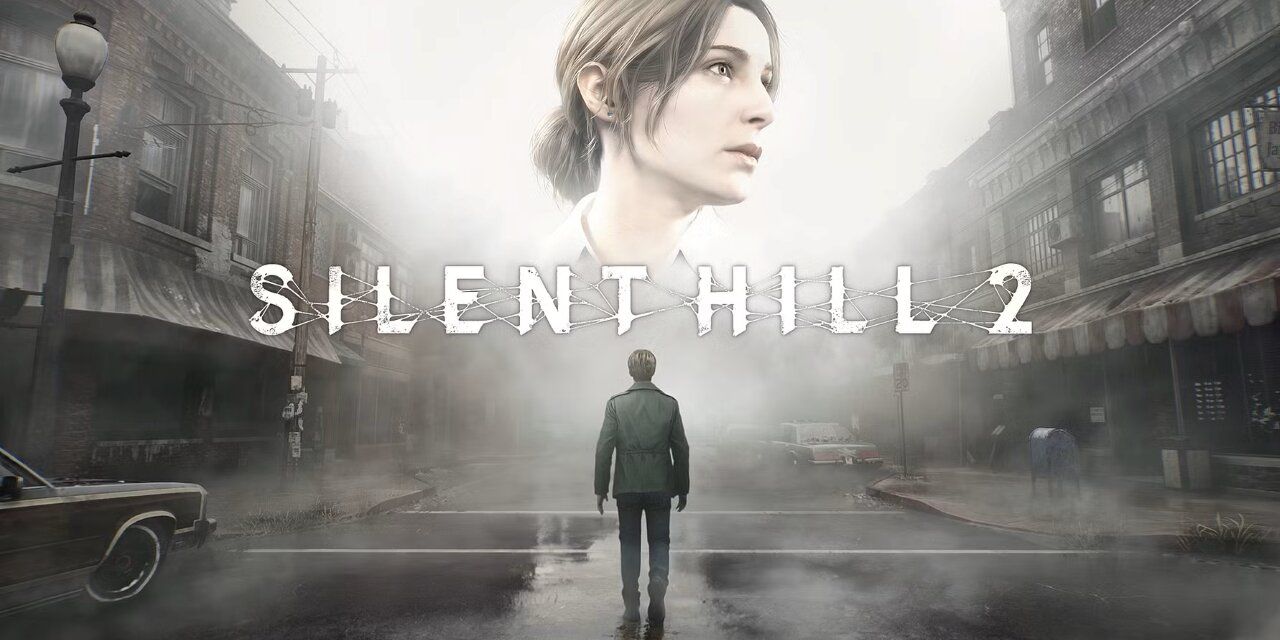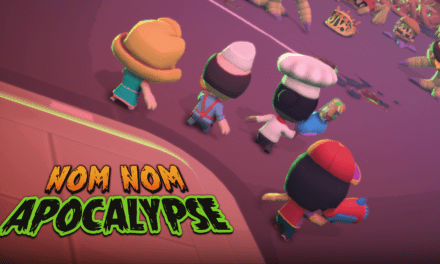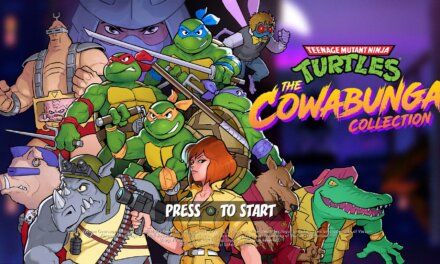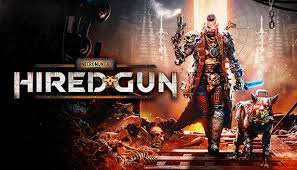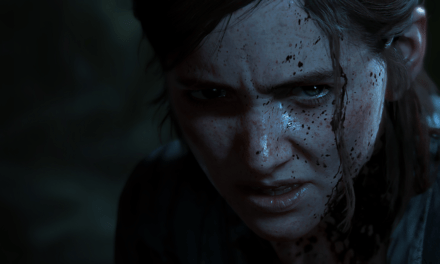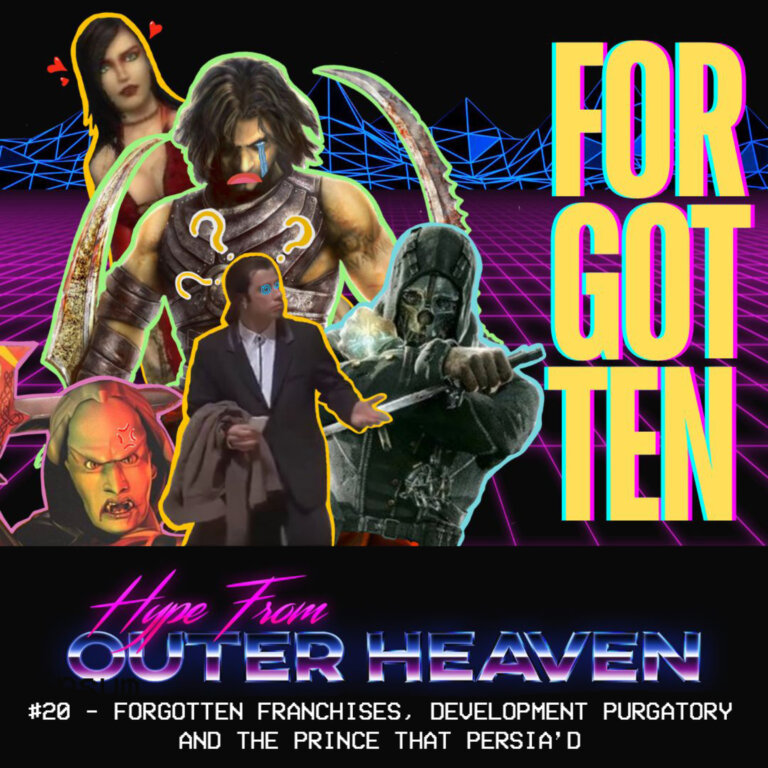“Well, I’m alone there now. In our ‘special place’. Waiting for you…”
After what seems like an eternity since the Silent Hill showcase back in October 2022, the day is finally here, and with it, the remake of arguably one of the greatest horror games ever made is finally at our doors: Silent Hill 2. Straight out of the gate, Bloober Team had a lot to live up to being given the development rights to such a beloved classic, with many not too impressed with their previous catalogue, leaving lingering doubts as to whether the remake would be any good. I’m pleased to report that everyone owes Bloober a massive apology, as they have single-handedly knocked it out of the park with the remake; with the help of long-time Team Silent devs: Creature Designer: Masahiro Ito and Composer: Akira Yamaoka, Bloober have managed to re-create Silent Hill 2 into a modern classic, paying careful attention to what made the original so terrifying, whilst also giving the title the modern retelling it deserves. Having released today (October 8th 2024) for PlayStation 5 (as a timed exclusive) and PC; I’ll be going over the time I’ve spent with the PS5 version of the game, detailing the good, deconstructing the bad, and ultimately discussing whether it’s worth your time and money at the £59.99 asking price (UK PSN Store).
When it comes to horror in gaming, the early days on the OG PlayStation were arguably what solidified my interest in the genre. Being a big fan of the Resident Evil franchise from a young age, there was something compelling about tank controls, backtracking, resource management and a haunting ambience etc that made those games feel so unique and like nothing else on the market. However, before the turn of the century, in walks Silent Hill as RE’s direct competitor, taking the campy B movie horror that Resident Evil is known for and leaving it by the wayside, in favour of going for a swim in something far deeper and more psychological in nature. Team Silent’s psychological horror masterpiece: Silent Hill 2 in particular is my favourite game of all time (you can read further into the love I have for this game here) primarly for it’s excellent use of atmosphere and sound design to create an experience that is truly chilling to its core, but also because of the artistic vision that was the brilliance of Team Silent. Despite the success of Silent Hill 2 (and subsequent entries from Team Silent) the series would stagnate over time when the franchise was moved to western developers, eventually falling into the realm of obscurity following the release of Silent Hill: Downpour in 2012. The series would never be given the chance to recover, as publisher: Konami would go on to abandon most of it’s major franchises in favour of Pachinko machines following high-profile disputes, such as what happened with Kojima Productions when they split from Konami in 2015 following the release of Metal Gear Solid V: The Phantom Pain (read more about the game and the controversy surrounding it here).
The Silent Hill franchise would be as quiet as it’s titular town until rumours of an upcoming showcase by Konami which eventually aired in October 2022, not only signalling the return of the franchise with numerous upcoming titles (Silent Hill F looks extremely interesting) but a remake of the most beloved entry in the franchise: Silent Hill 2. The reception was initially mixed, as Konami was only on the side as a publisher, leaving the development side of things to Bloober Team (previously known for Layers of Fear and Blair Witch) whose previous back catalogue (whilst not terrible) wasn’t exactly the kind of studio that one would initially assume would do a good job in remaking such a beloved title. I’m happy to admit that I was wholeheartedly wrong however, as Bloober have knocked the remake out of the park, paying careful attention to what made the original so terrifying whilst simultaneously giving the narrative the modern treatment it deserves. Silent Hill 2 once again places you in the shoes of widower: James Sunderland, who following the traumatic death of his wife three years ago, receives a letter from his dead spouse beckoning him to return to the town of Silent Hill, where the two spent a vacation in their happier times. James, equipped with the knowledge that his wife is dead, is steadfast in his resolve to find the truth of the letter, and ventures into the eerily quiet down, only to soon realise that he’s stepped into his own personal nightmare. Straight out of the gate, the narrative threads of the remake are large and part intact from the original experience, which is great for both newcomers and OG fans; where it differs, is that the lore of the town, characters and their motivations and the general cinematic presentation of Unreal Engine 5 have been expertly woven together to flesh out the story whilst keeping its soul intact; the childhood trauma and sexual abuse of Angela Orosco, Eddie Dombrowski’s homicidal mental health issues related to his appearance etc. have been brought to life like never before, James in particular is all the more fleshed out in his interactions with the games cast of characters, and you can see the trauma piling up on him as you progress through the game as well as how the loss of his wife has caused his mental state to collapse.
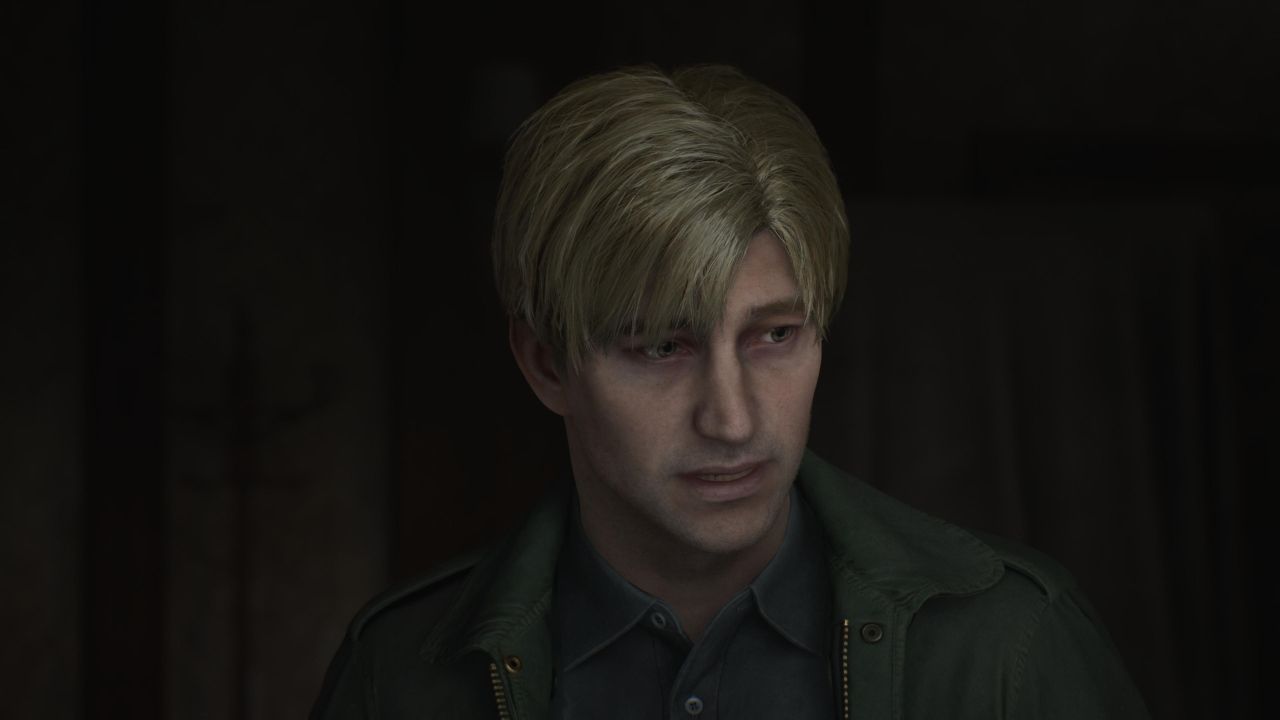
Waking Punishment Dream: James Sunderland remains one of gaming’s most tortured protagonists, with his trauma being made all the more real within Unreal Engine 5.
In terms of gameplay, this is where the vast majority of changes exist with the remake compared to the original. For starters (and much like its inspirational peer: Resident Evil) the most obvious change is the camera perspective, opting for the more popular over the shoulder viewpoint, in place of fixed camera angles present in the original. This change was first seen in the Resident Evil 2 remake (read my review here), which arguably was the main inspiration for Konami to follow suit with Silent Hill 2, following the title’s success. This isn’t the only aspect of inspiration from Bloober team, as the remake is very much versed in the mechanics of its peers (some enviromental puzzles and the flashlight were clearly inspired by The Last of Us). Ditching tank controls, the combat (melee specifically) this time around is simple, yet weighty, akin to that found in the likes of Dead Space and Callisto Protocol, which can feel a bit like you’re taking turns with trading blows, but alongside bursts of audible, panicked swings and rage-filled stomps from James (James’ is a fan of the Isaac Clarke death stomp) coupled with the anxiety the game induces so masterfully, makes you feel invested in every hit. Combat in large open spaces against single enemies feels safe enough, but in cramped, dark corridors (i.e. the vast majority of the game) is where the tension raises tenfold. Gunplay is solid also, giving off solid heft and weight when fired (the PS5’s signature Dualsense features play in very nice here) and in turn have satisfying recoil control despite the fact that James is an everyman, meaning that his ability to shoot accurately is lacking, making the encounters all the more tense to boot, despite having superior firepower. In addition to the solid combat is Silent Hill itself, being fleshed out significantly through the various areas that you find yourself in; the starting area: South Vale is by far one of the more intriguing areas of the game based on a direct comparison to the original. The game rewards and incentivises you to explore, with plenty of open shops and puzzles that find you running all over the initially quiet streets of Silent Hill. This expansion of South Vale is something that touches every area of the game, with the total runtime of the game coming in close to eighteen hours for a first run, the original game was less than ten for comparison. This might make some people think the game is filled with unnecessary bloat to justify the price tag, but this couldn’t be further from the truth, as Bloober are clear fans of the original game, taking the time to meticulously recreate every area of the game even leaving in collectible easter eggs (dubbed glimpses of the past) that the most eagle eyed of fans will find entertaining to collect.
Arguably the most important aspect of Silent Hill 2 is it’s atmosphere, as this is one of the biggest reasons that the original game generated such a collosal following. I’m pleased to say that Bloober have once again studied the source material to the letter, as the atmosphere in the remake is downright terrifying. For starters, the decision to bring back Masahiro Ito and Akira Yamaoka has paid off in dividends, offering updates to both the creature design and soundtrack that is both faithful to the original, but updated perfectly to better suit the broader scope of the remake. Monsters have been updated to better reflect James’ fragile mental state, creatures such as the lying figure have been sexualised to a further degree (the original monster was inspired by BDSM fashion) to not only reflect James’ sexual frustration but the suffocating trauma of Mary on her death bed. Monsters in Silent Hill are deeply rooted in symbolism, usually stemming from the minds of the unfortunate souls that the town has lured there, representing their long-held trauma and fears, which makes them all the more terrifying (abstract daddy is still horrifying to this day). Certain monsters have been given the boss battle treatment, such as the encounter with the Flesh Lip in Brookhaven Hospital, and the Mandarins which were arguably the most underrated monster in the original game. In addition, this wouldn’t be Silent Hill 2 without the infamous Pyramid Head, who is very much present in the game and still as unsettling as ever before, representing one of horror’s most iconic antagonists. Alongside the stellar creature design is the game’s score, and this is arguably what brings the horror together. Harsh, guttural metal scraping, distant and close wails of pain, the infamous 3rd floor sound of Brookhaven Hospital etc. Akira Yamaoka is a master of his craft, creating sounds that cut several layers deep, heightening the tension to an almost unbearable degree, that when coupled with the game’s stellar use of volumetric fog and claustrophobically dark environments creates an atmosphere that is a full-blown assault on your senses, representing what I can confidently say is one of the scariest experiences in a video game that has ever been made.
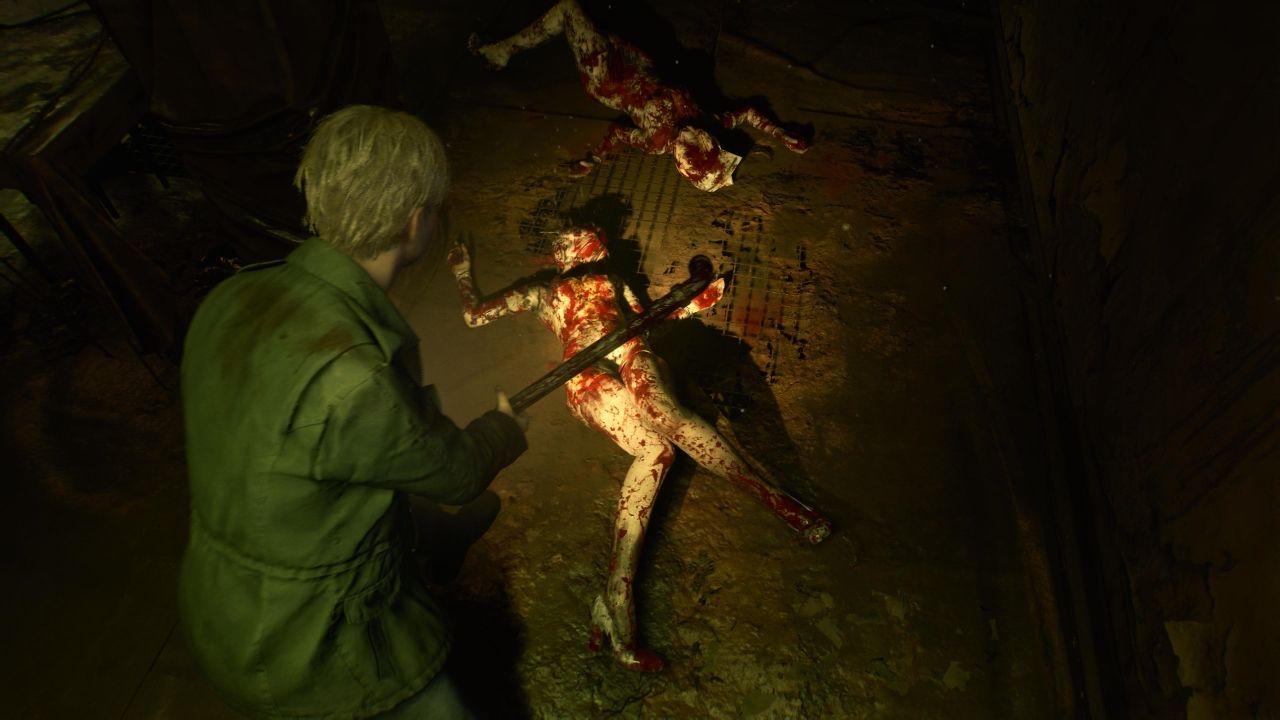
Killing a person ain’t no big deal: Silent Hill 2’s combat is simple, yet brutal. The audible panic from James coupled with the game’s anxiety inducing gameplay makes you invested in every swing and stomp.
Whilst the game’s atmosphere, art and sound design and gameplay are sheer perfection, performance is something that’s a bit more of a mixed bag. Played on a base PlayStation 5 with a 1440p 180hz monitor, I was met with two graphics modes; quality and performance, which is fairly standard in this day and age. Performance is 1080p with a somewhat choppy 60fps framerate; it holds up for the most part, but when there’s a lot taking place on screen, it can dip down to around 45fps and stay there for some time, despite only being displayed at a resolution of 1080p. Quality is arguably where the game shines at 1440p, with a capped 30fps frame rate, arguably looking significantly better thanks to the amazing ray-tracing that the game offers, but due to the game’s slower pace, which doesn’t get hindered by the more conservative frame rate, I can wholeheartedly recommend playing on Quality this time around. In addition, I also noticed a number of issues whilst playing in performance mode (despite the graphical downgrade being quite apparent) such as rendering artifacts around the edges of James as well as light clipping. This was primarily apparent in the initial areas of the game where there were large, open areas with indirect light. There was also an issue with the camera clipping if James gets too close to stationary objects, sending it all over the place; this was present in both quality and performance and would be easily patched out in the weeks to come; all in all, there isn’t much performance wise that detracts from an otherwise perfect experience.
Whilst I’ll be the first to admit that I had my doubts leading up to release that Bloober Team could pull it off, it’s safe to say they’ve done the unthinkable. The attention to detail, beloved commitment to the source material and general state of polish is a clear indicator that the remake of Silent Hill 2 was a clear labour of love for the Polish developer, bringing one of horror’s most beloved entries intact, whilst enriching it for a new generation. Is this Konami’s return to form akin to that of Capcom’s with Resident Evil? It’s too early to say, but if this remake is a taste of what’s to come from Silent Hill in the future, then I’m pretty excited.
A PlayStation 5 review code was provided by Bastion.

